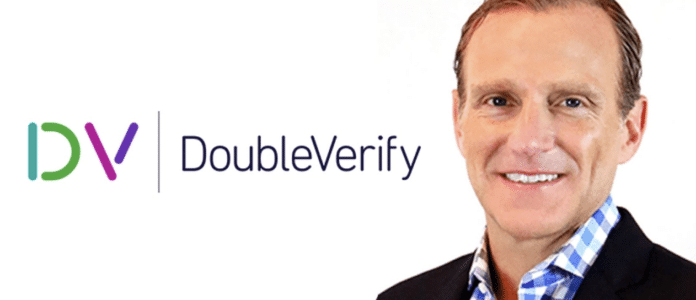Analytics company DoubleVerify has claimed that a new ad impression fraud scheme called “BeatSting” is costing unprotected advertisers up to $1 million per month. This is the first large-scale ad impression fraud scheme to target audio inventory, according to the software measurement platform. The fraudsters have used SSAI (server-side ad insertion) tactics to falsify audio ad requests and traffic, making it appear as if there are real users and inventory for advertisers to bid on.
The fake audio traffic is generated on streaming platforms by spoofing residential IP addresses and audio apps. The fake SSAI servers are then used to falsify the audio ad requests which are sent out to SSPs, ad exchanges, and ad networks. If an advertiser wins a bid on this inventory through any of these platforms, their ad dollars are wasted.
The DV Fraud Lab has identified 60+ apps associated with the fraud scheme and three main publishers. The lab also stated that BeatSting originated as a single streaming TV scheme in 2019 which has cost unprotected advertisers $20 million to date.
“Fraud always follows the money, and increasingly, that money is flowing to digital audio, a rapidly emerging channel where digital advertising standards are still evolving,” said Mark Zagorski, CEO at DoubleVerify. “CTV continues to experience this phenomenon and, increasingly, audio is quietly becoming a new channel of interest and attack.”
A recent report by Integral Ad Science (IAS) in partnership with YouGov highlights concerns about ad fraud in digital audio and the need for third-party verification. The report showed that nearly 90% of media experts are concerned about ad fraud in audio and are willing to rely on third-party verification to preserve media quality before investing further in digital audio advertising.
Digital audio is booming, with eMarketer revising its 2020 estimate from a 1.0% decline in time spent with digital audio to 8.3% growth as consumers started tuning into digital radio and podcasts. Podcast revenues also neared $1 billion in 2020, according to the IAB Podcast Advertising Revenue Report.
In response, platforms and advertisers are investing in digital audio advertising. However, the need for third-party verification to maintain high-quality standards for digital audio advertising and combat ad fraud remains a top priority for advertisers. The report also highlighted that media experts desire comparability across mediums, but audibility metrics were insufficient to compare to viewability, making it difficult for advertisers to compare performance across formats.
In conclusion, BeatSting is a costly ad impression fraud scheme that is targeting unprotected advertisers in the rapidly expanding digital audio market. The need for third-party verification to preserve media quality and combat ad fraud remains a top priority for advertisers.











